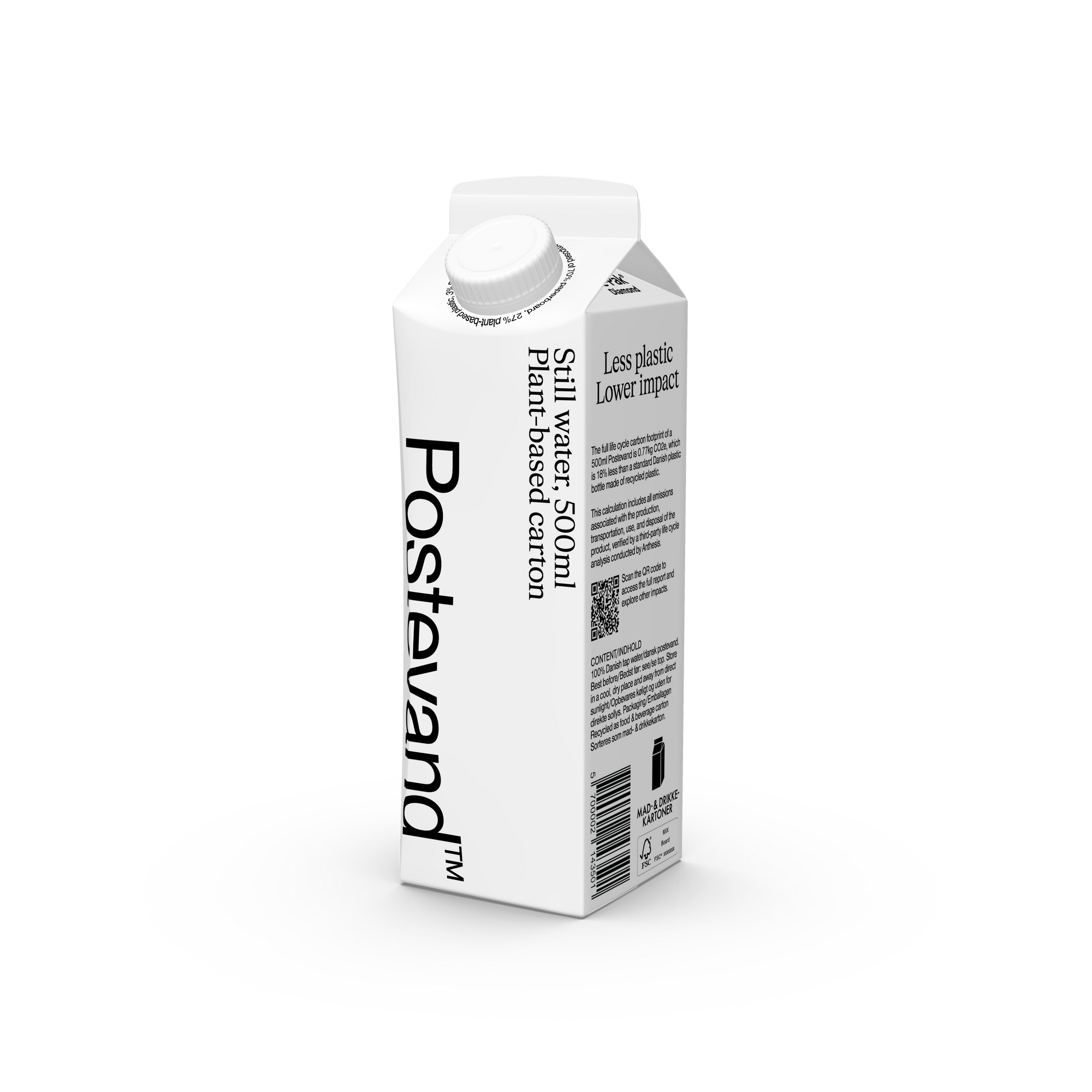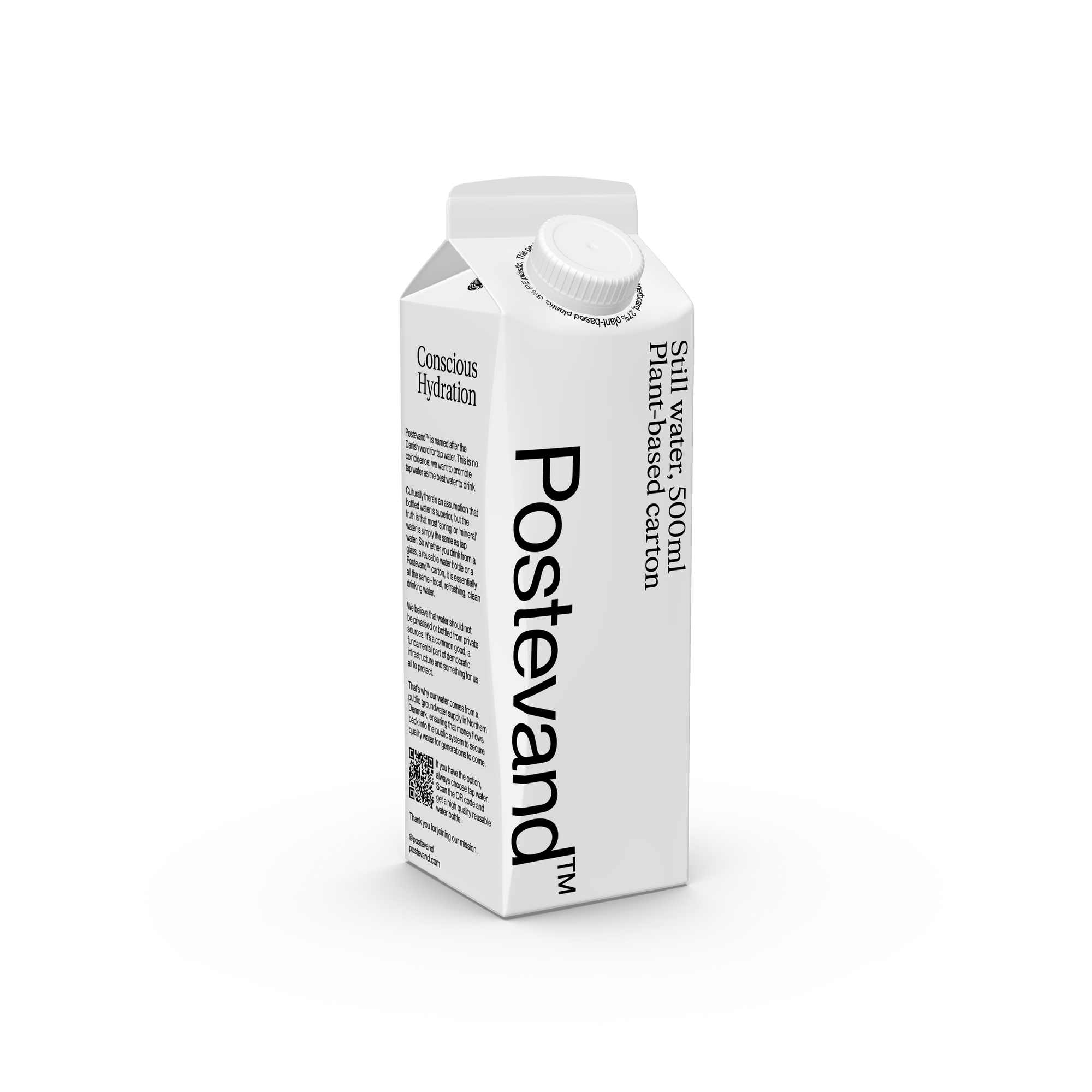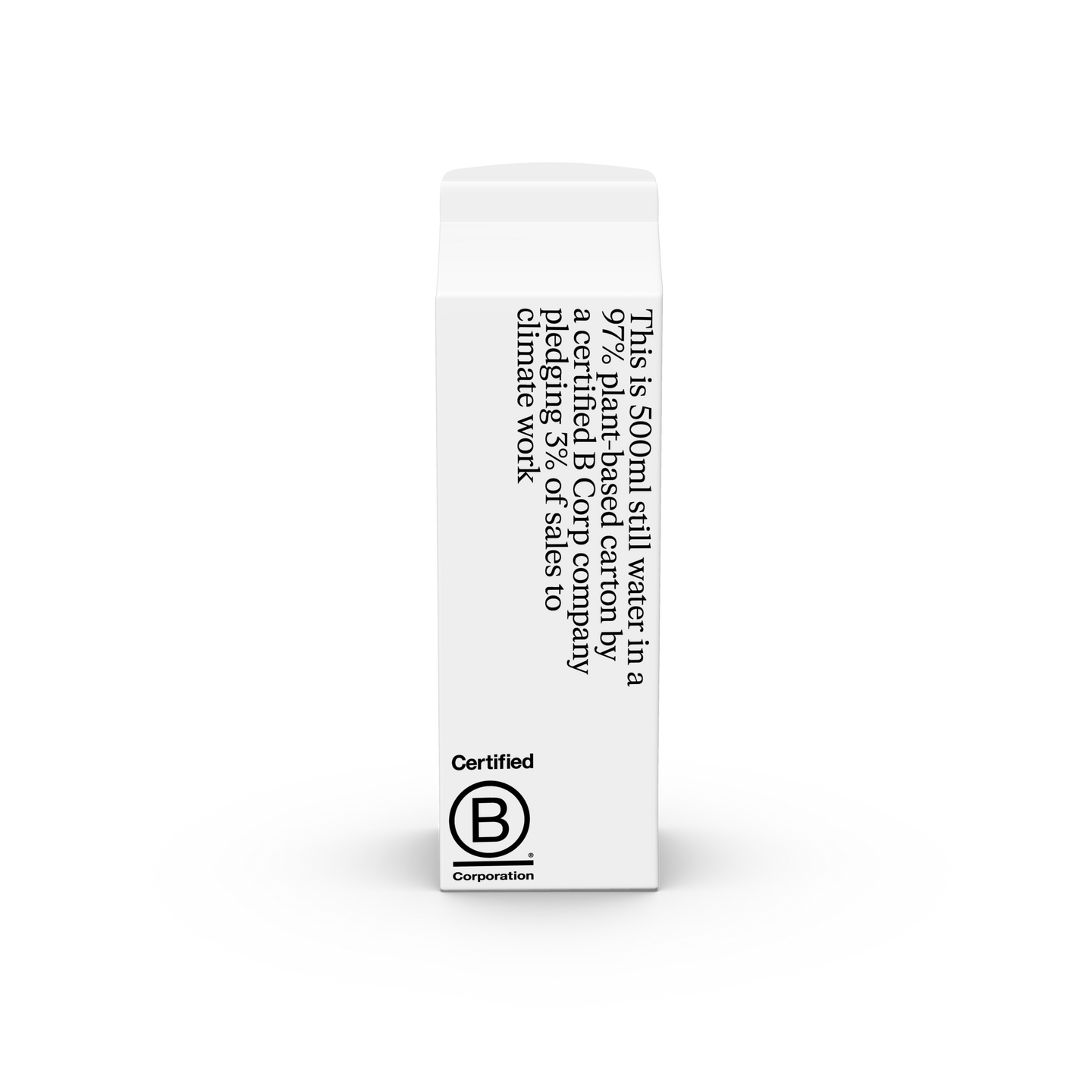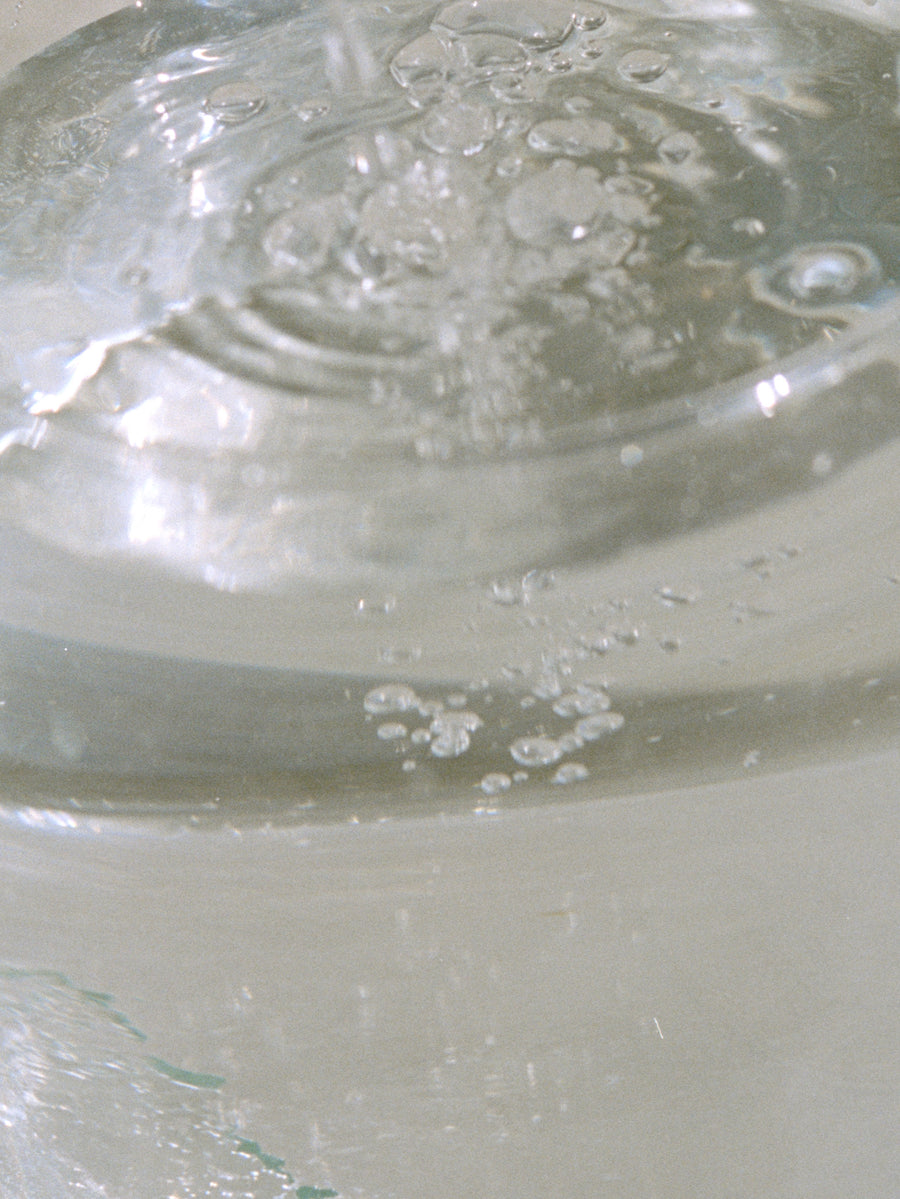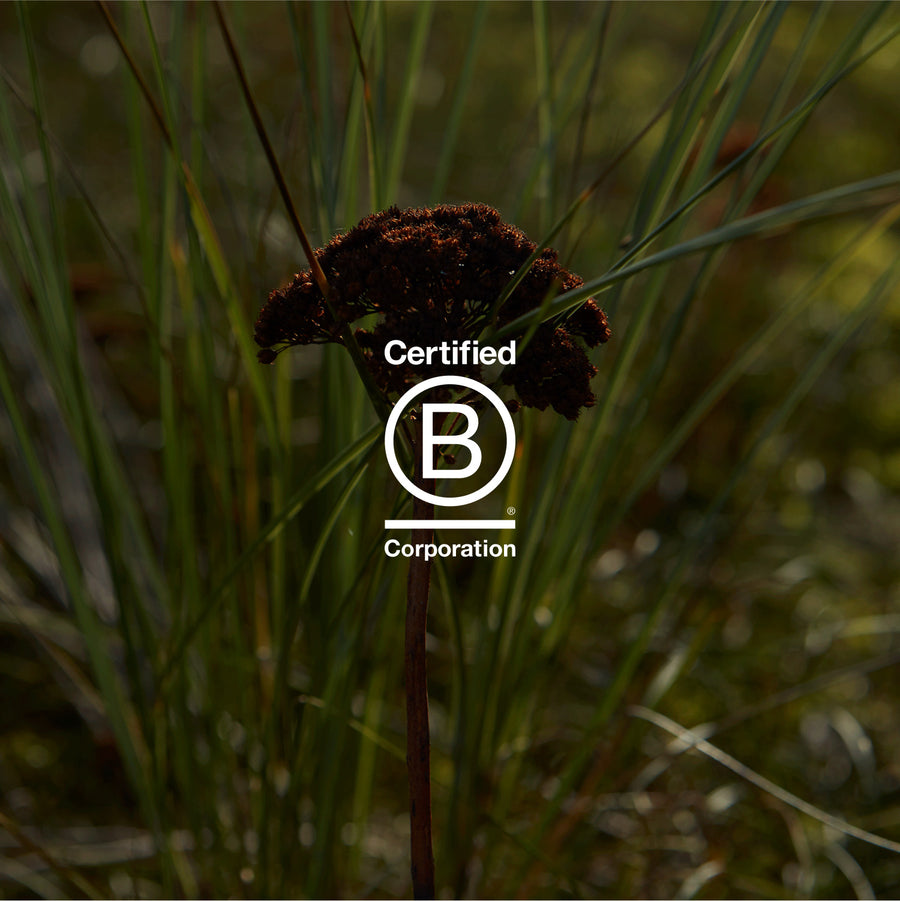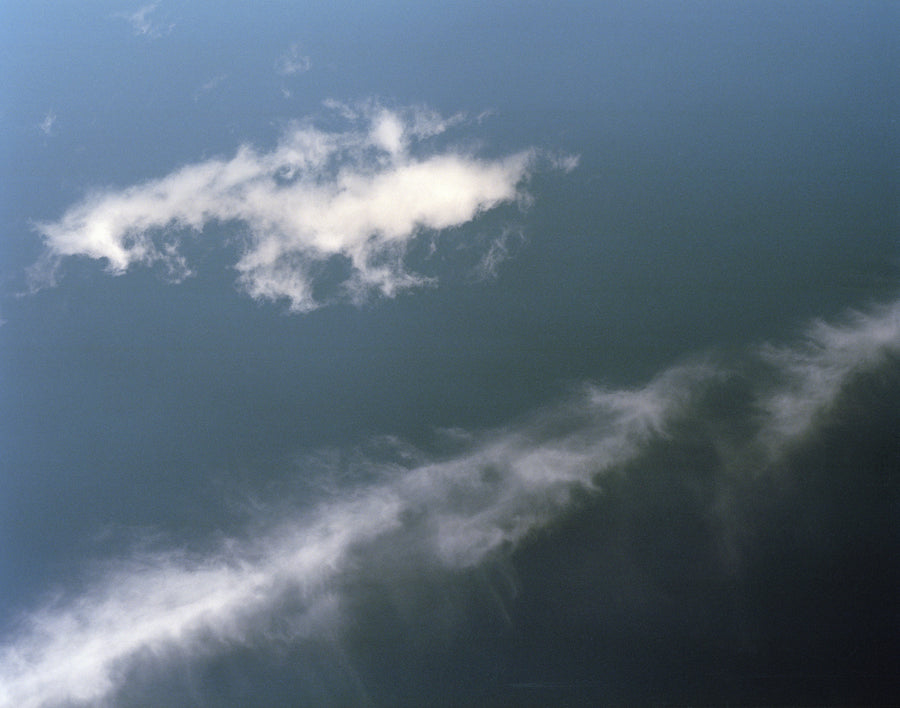Our cartons is made of 96% - 97% plant-based materials, most of which are based on wood. And wood is a renewable natural resource — that pulls CO2 from the air instead of adding more.
Our cardboard is FSC®-certified, which ensures that the trees we use come from responsible managed, Nordic forests.
